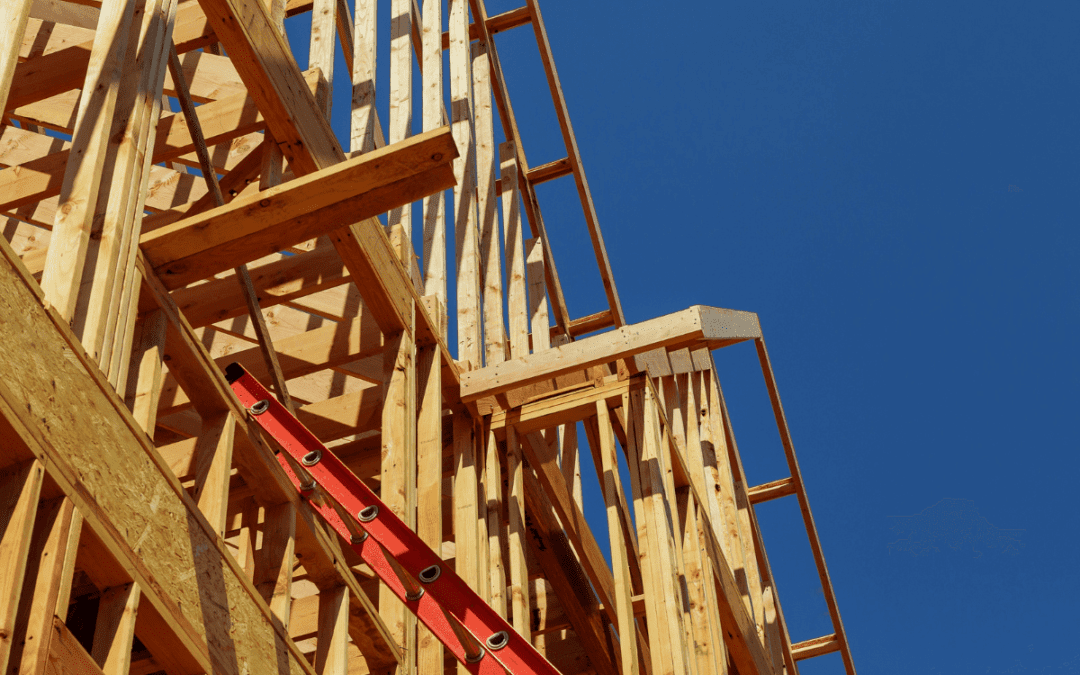Despite the country’s astronomical need for housing, Canada is building fewer homes today than during the pandemic shutdown in April 2020 and still, the worst is yet to come, a recent study says.
The Bank of Canada’s multi-year campaign of raising interest rates to combat inflation has had a devastating effect on the housing market, according to the report from the Canadian Centre for Policy Alternatives (CCPA).
“The impact of Bank of Canada rate hikes have been breathtaking,” David Macdonald — the author behind the report — writes.
The impact of interest rate hikes
Macdonald compares the current situation to the start of the pandemic: new single-family homes have seen a decline of 21 per cent, new row homes are down by eight per cent, and new apartment construction has dropped by two per cent. Even when compared to February 2022, when the rate hikes began, the numbers are alarming, with investment in single-family homes down by 36 per cent.
The central bank anticipates the most severe impacts of rate increases to be felt in the housing sector, and these effects may not be fully realized for up to two years. Macdonald says, “That was not an unfortunate side-effect — it was the central bank’s core plan.
“Right now, it has been 18 months since the first rate increases, but most of the bigger rate increases have occurred in the past 12 months—so the worst is yet to come.”
The overnight rate is now five per cent, and bank officials say, if needed, they’re prepared to raise it further.
“It’s as if governments are bringing a nail to the construction site, but the Bank of Canada is bringing a wrecking ball.”
– David Macdonald, CCPA
Higher interest rates disproportionately affect sectors connected to housing, such as construction, renovations, and homeownership transfers, due to the need for substantial loans in these activities. Businesses in the housing construction industry, for example, take on large debts for their projects.
Macdonald highlights a shift in the world of private residential construction. Nowadays, builders are unsure whether they can successfully sell newly constructed units. Adding to their concerns, the expenses accrued during construction are chipping away at their profit margins.
The government, at various levels, has been actively trying to address this crisis through initiatives like the Housing Accelerator Fund and other incentives aimed at boosting private-sector construction. “These private sector incentives may have been effective in 2019, but their relevance is rapidly receding.
“It’s as if governments are bringing a nail to the construction site, but the Bank of Canada is bringing a wrecking ball,” Macdonald analogizes.
A shift in focus
In the CCPA report, Macdonald suggests a shift in government focus. Instead of relying solely on the private sector, governments should consider more direct involvement in the housing market.
“This isn’t a time for more private incentives— it’s time to get your hands dirty,” he writes.
A way forward, according to Macdonald, could include:
- Initiatives like directly building non-market housing.
- Offering zero per cent mortgages to non-profit providers.
- Converting existing for-profit apartments into non-market buildings with lower rent.
Additionally, governments can enforce rent controls, implement transfer taxes on investment properties, and impose mortgage restrictions for investors.
Macdonald ends with a call to action: “Governments at all levels have been shouting about the housing crisis and the need to build new housing supply, but their solutions are stuck in an era when the private sector was actually building homes…It’s time for governments to take direct and ambitious action in the housing sector—to get back into the housing game, and stop relying on the private sector.”
Read the full report from CCPA and David Macdonald here.



















Back in the 60’s and early 70’s, the Government of Ontario created a the HOME program, Home Ownership Made Easy. They developed land and sold the lots to homebuyers through recognized builders. There was a 35 year ammortization on the land and 25 years on the mortgage itself. That is how I bought my first house and my payment was $165.21 PIT. That was in 1969 when I was 21 years of age. Vastly different time and house prices.
However, the concept could work today. Governments across Canada are sitting on vast parcels of land which could be developed this way. Come on Ontario, pull out those old plans, dust them off and let’s get this province moving toward leadership in the housing sector in Canada.
Yes, industry growth and development is on hold.
The consumer markets are in a quandary of huge losses of financial prosperity by Canadian families.
It is like an earthquake from coast to coast to coast. The public has been shocked by foolish monetary & Finance policies, which drain our family and small businesses’ cash flows.
Our minds have shifted from stronger than expected home price growth rates above our long term trend line, into expected 20-30% deflation of our home equity, compounded by exploitative price increases in essential goods and services, never mind vacation sacrifices.
Our great Canadian hopes have been destroyed and replaced by a defensive posture for our lifestyles and families.
How low prices will go, will depend on the Canadian balance between optimism and pessimism in economic recovery across Canada.
For us, present downsizing senior fixed-income home sellers, the decisions were hard to ride the slide in market value of our property from April through October. Our retirement savings and equity were pummeled.
But, we also came to put our Canadian Trust in God, plus stop worrying about financing a longer retirement. He will bless the Buyers with an exceptional deal, plus He will bless us with a new affordable lovely lifestyle elsewhere.
Canadians are resilient and change adaptable.
Don’t be surprised to see us share our housing with the needy, until we can build to our housing needs.
Also, don’t be surprised to see Canadians unplug this EV infrastructure hysteria and finally almost purify fossil fuel emissions and power efficiency.
For real estate participants, as long as we buy & sell in the same market, we minimize our price + equity risk. (Jim’s law)